Late composer Alvin Lucier died in 2021, but his brain is still creating music as part of an Australian art installation called Revivification. How is this possible? It all comes down to a sample of Lucier’s blood, a lab-grown “brain,” and continual electrical impulses.
Videos by American Songwriter
Lucier was a master of experimental compositions and often explored psychoacoustic phenomena in his work. Psychoacoustics is the study of the way the human auditory system perceives sound. Lucier spent much of his career studying the physical properties of sound as a professor at Wesleyan University.
Now, he’s continuing his work, in a way. “Revivification is an attempt to shine light on the sometimes dark possibilities of extending a person’s presence beyond the seemed finality of death,” said the team behind the installation, which includes three artists and a neuroscientist. The project is centered around a brain-like lump of cells suspended “in-vitro” and grown from Lucier’s donated blood.
The brain was grown on an electrode mesh displayed within a plinth. It is connected to 20 brass plates that are each fitted with a transducer (an energy converter) and a mallet. Electrical impulses from the brain trigger the transducers. This, in turn, triggers the mallets to strike the brass plates and create sound.
A Replica of Composer Alvin Lucier’s Brain Is Still Making Music Through Electrical Impulses
“When you look down into that central plinth, you’re crossing a threshold,” said Nathan Thompson, the project’s creator, in conversation with The Guardian. “You’re peering down into the abyss, and you’re looking at something that’s alive – just not in the same way as you.”
The brain’s creation was assisted by Harvard researchers, who extracted stem cells from Lucier’s white blood cells. Stem cells can be used to develop any cell or tissue, according to a report from Futurism. Researchers had the cells develop into “cerebral organoids.” These organoids specifically resembled a developing human brain.
The project is more than a science experiment and more than an art installation; it makes visitors question their very existence. It’s a lesson in longevity, mortality, the meaning of life, and what can happen after it ends. It’s important to note that the lab-grown brain did not replicate Alvin Lucier’s consciousness. He is not alive within the created brain. However, it is still part of him, as it was derived from his cells. The brain serves as an art piece, a scientific phenomenon, and also a question, but not as a resurrection of a living person.
“The central question we want people to ask is: could there be a filament of memory that persists through this biological transformation?” the team stated, adding, “Can Lucier’s creative essence persist beyond his death?”
Featured Image by Jack Vartoogian/Getty Images

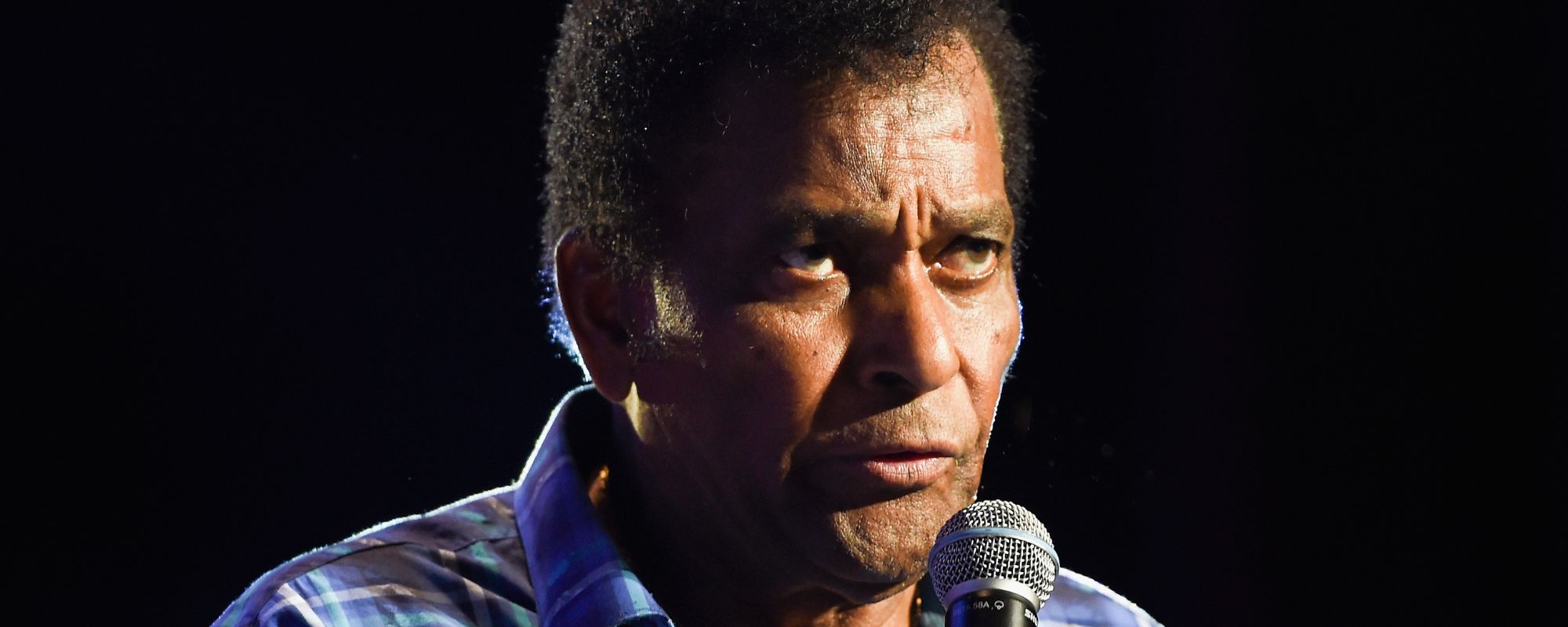


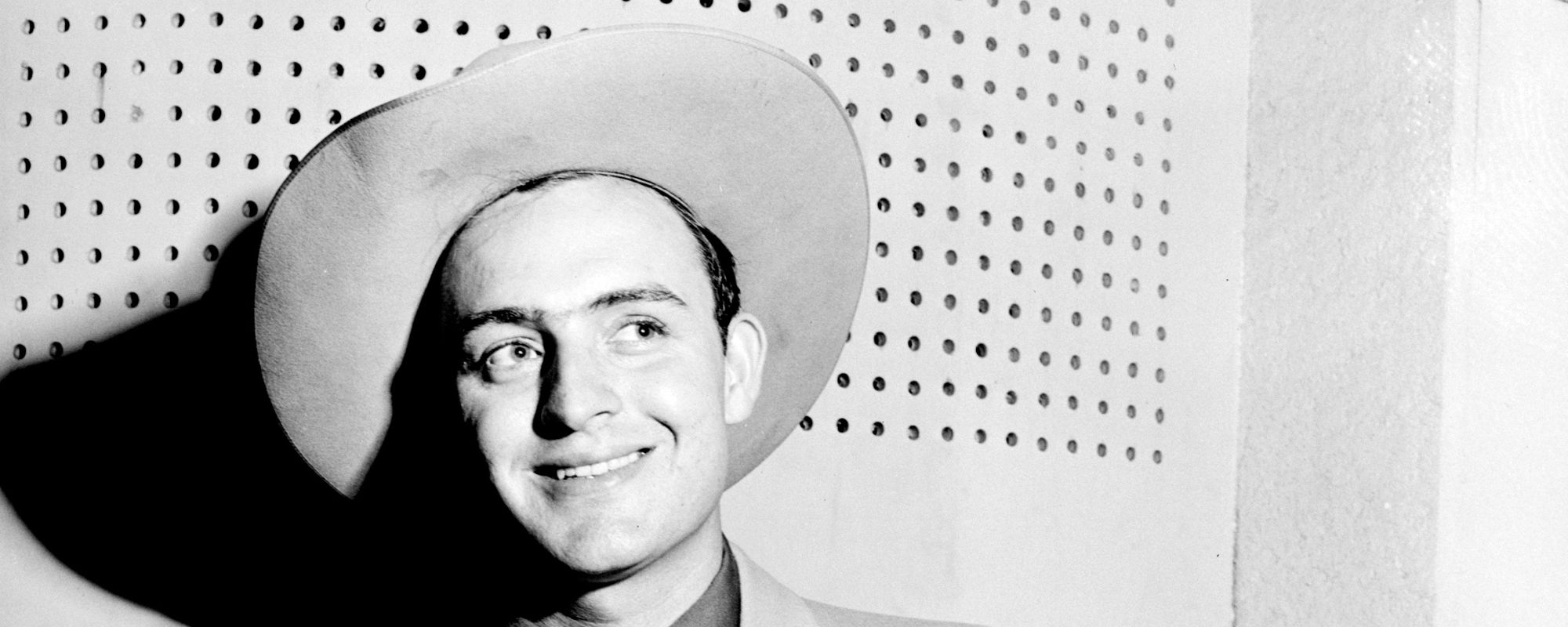

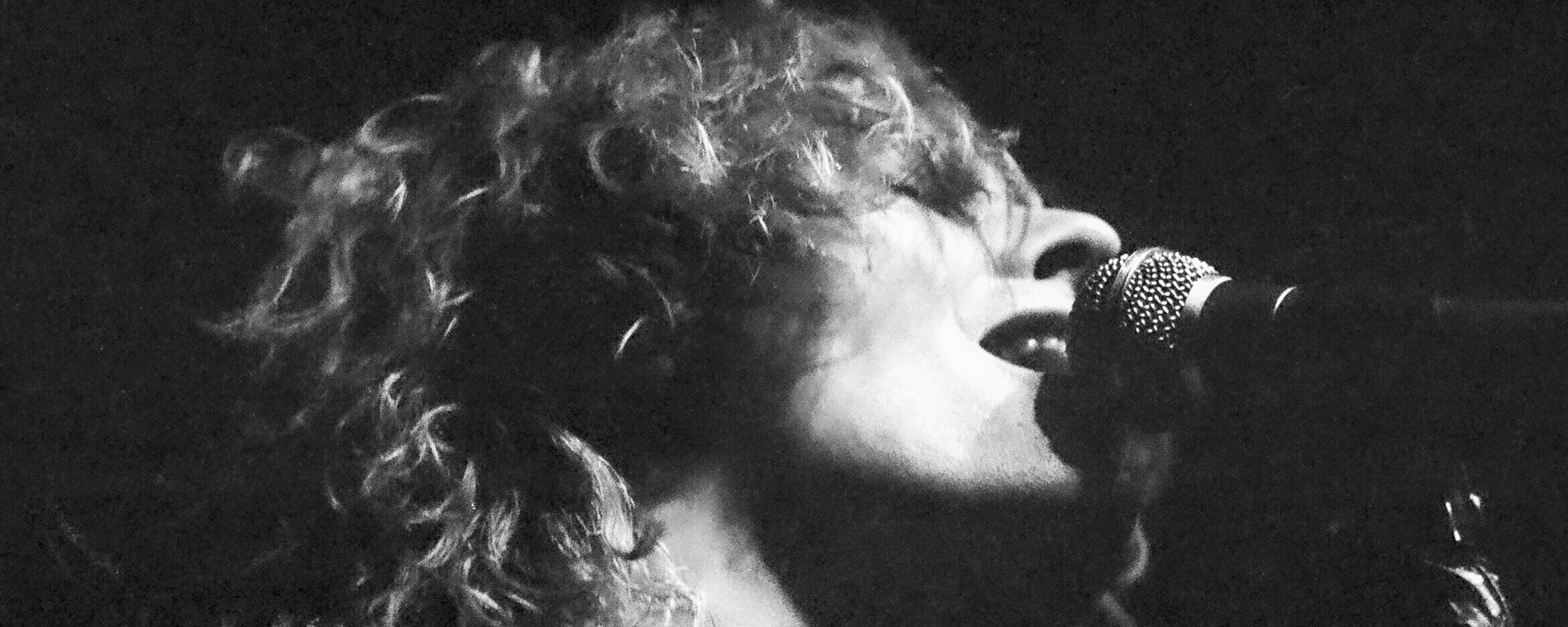
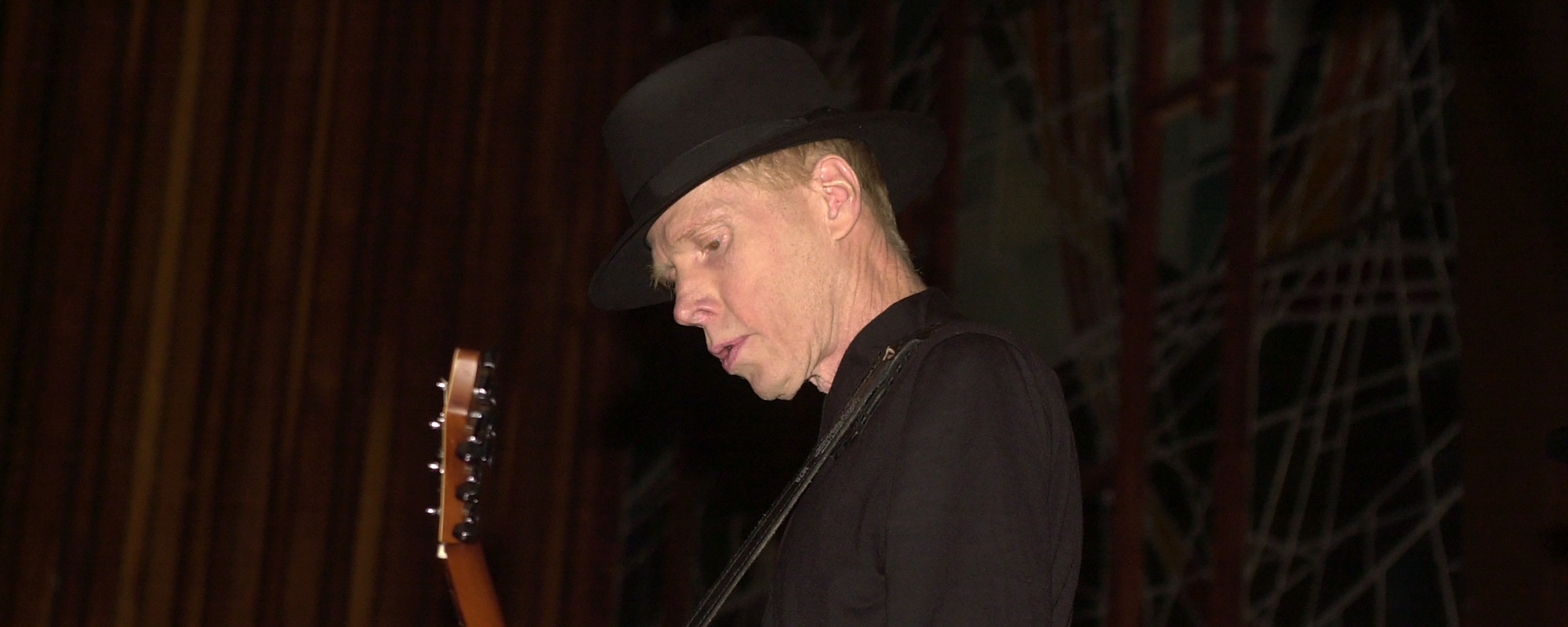

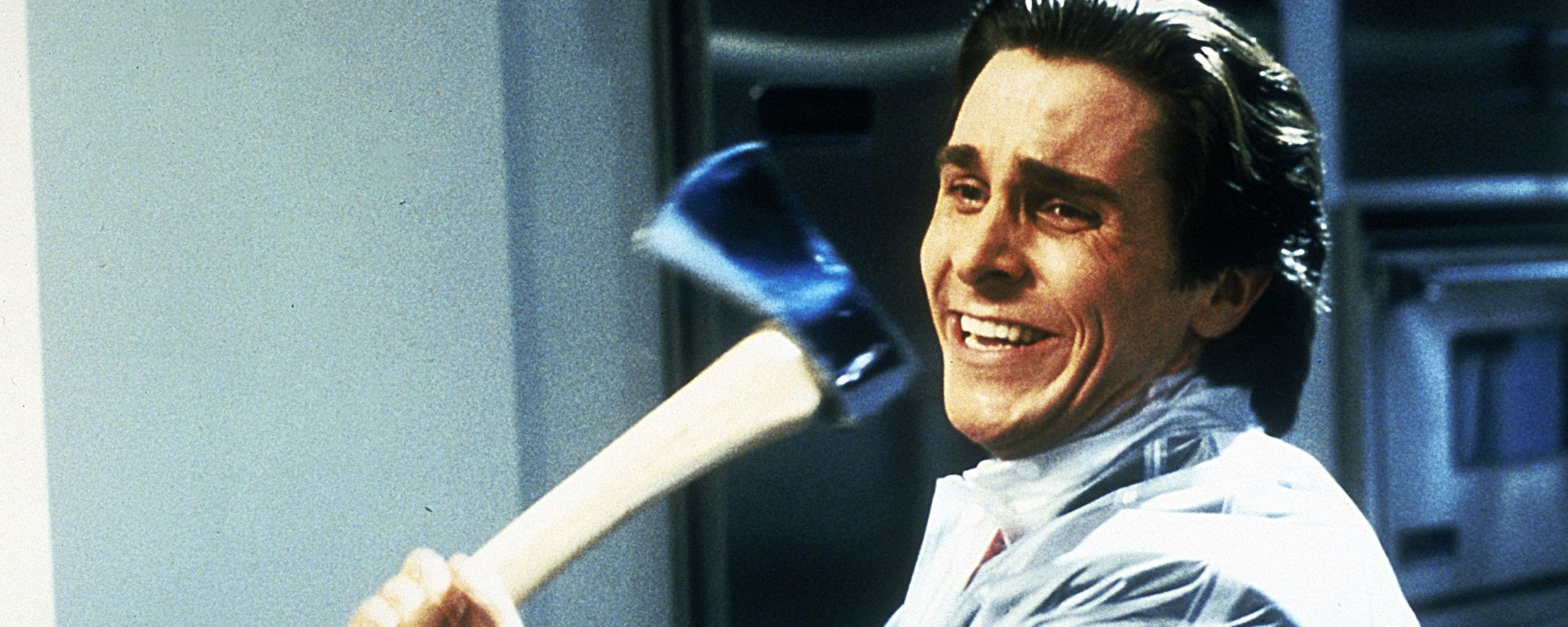
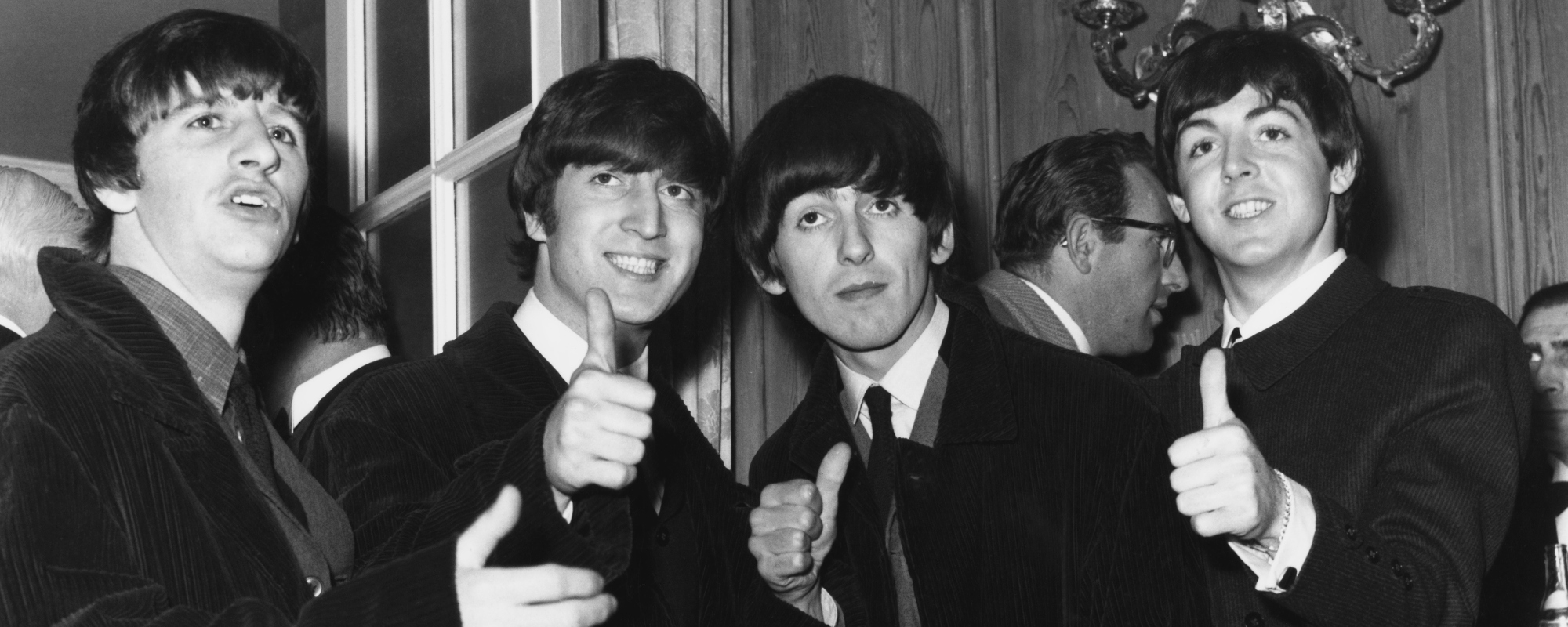
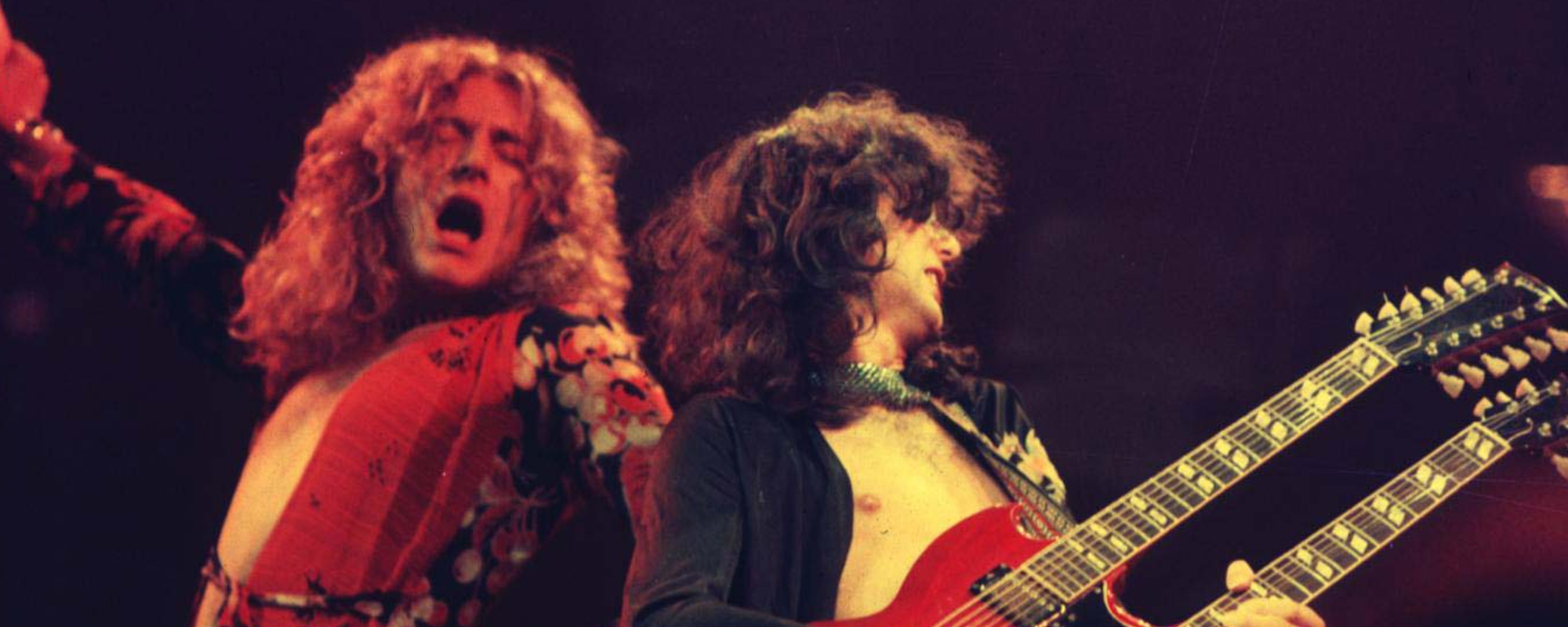
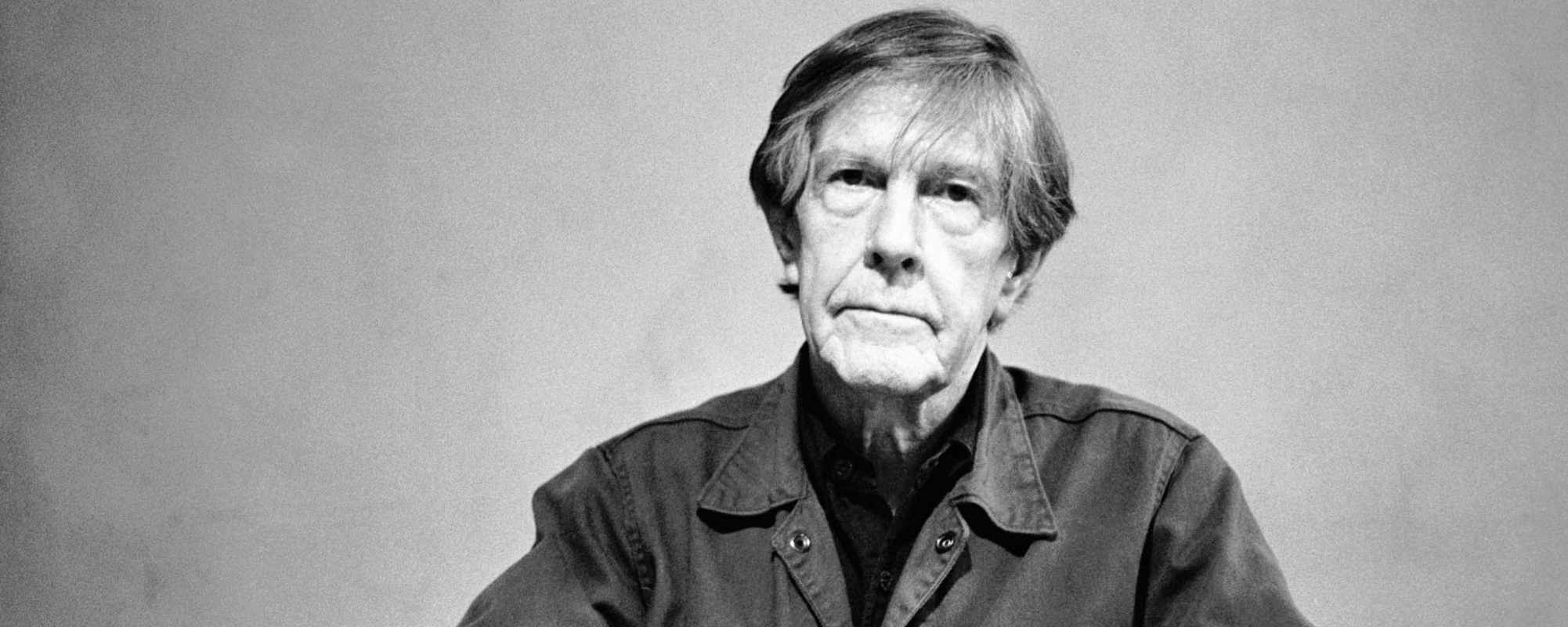
Leave a Reply
Only members can comment. Become a member. Already a member? Log in.